
Hosted by Long and Short Reviews.
Click here to read everyone else’s replies to this week’s question and here to see the full list of topics for the year.
Top Ten Tuesday has a similar topic coming up next week, so today I’m going to be narrowing my list down to my most highly anticipated reads of 2026 so far.
This is going to jump around genres a bit because, as usual, that’s how I prefer to read!
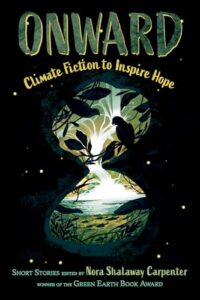
1.Onward: 16 Climate Fiction Short Stories to Inspire Hope by Erin Entrada Kelly
Publication Date: February 24
Solarpunk is my new favourite subgenre of speculative fiction. I love reading about possible ways the future could be much better than life is at the present, so my fingers are crossed this will be an uplifting read.
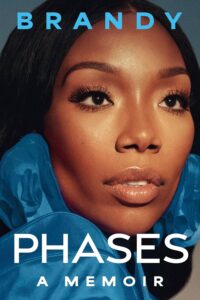
2. Phases: A Memoir by Brandy
Publication Date: March 31
As a preacher’s kid, I wasn’t always allowed to listen to secular music, but Brandy was one of those wholesome artists who passed my parents’ standards once the rules loosened up a little. I’m so curious to read her story from her perspective and hope she has a lot of interesting stuff to say about the parts of her life she hasn’t always been forthcoming about in the past. This is by far my most anticipated read of the year.
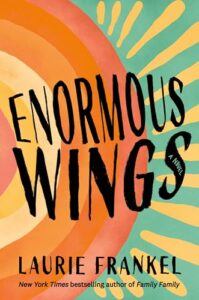
3. Enormous Wings by Laurie Frankel
Publication Date:May 5
In a recent Top Ten Tuesday post, I talked about my desire to read more books about protagonists who are senior citizens. This definitely belongs in that category, and I look forward to see how Pepper adjusts to being forced to move into a retirement community only to discover that she’s pregnant shortly after that. What an unusual combination of conflicts!
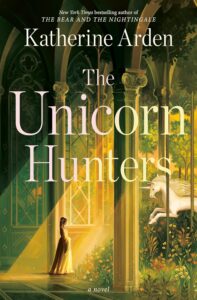
4. The Unicorn Hunters by Katherine Arden
Publication Date: June 2
I enjoyed her Small Spaces quartet and hope the storytelling in this fantasy novel will be just as playful.
I suppose the second half of the year will remain a mystery for now as there weren’t a lot of books scheduled for release then yet, and none of the ones I did find gave me that, “I must read this!” sort of feeling.


 A few days ago I blogged about all of the books I read 2025.
A few days ago I blogged about all of the books I read 2025.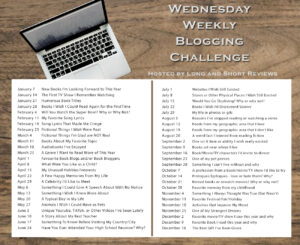 All of the details on how to participate can be
All of the details on how to participate can be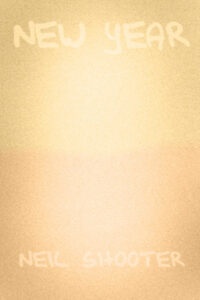
 Happy (almost) New Year, readers!
Happy (almost) New Year, readers! Here are ten books with long waitlists that I hope to request from the library once the demand for them isn’t quite so high. Yes, I know I did this same topic a while ago, but might as well recycle it every now and again.
Here are ten books with long waitlists that I hope to request from the library once the demand for them isn’t quite so high. Yes, I know I did this same topic a while ago, but might as well recycle it every now and again. Title:
Title:  Happy belated Winter Solstice to everyone who celebrated it a few days ago!
Happy belated Winter Solstice to everyone who celebrated it a few days ago!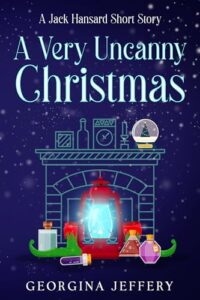 Title: A Very Uncanny Christmas – A Jack Hansard Short Story
Title: A Very Uncanny Christmas – A Jack Hansard Short Story Just so you all know, I’ve been having trouble leaving comments on some WordPress blogs recently. They ask me to log in even though I’m already logged in, and then when I leave my comment it never appears on the post. If I don’t comment on your post, I am not ignoring you.
Just so you all know, I’ve been having trouble leaving comments on some WordPress blogs recently. They ask me to log in even though I’m already logged in, and then when I leave my comment it never appears on the post. If I don’t comment on your post, I am not ignoring you.